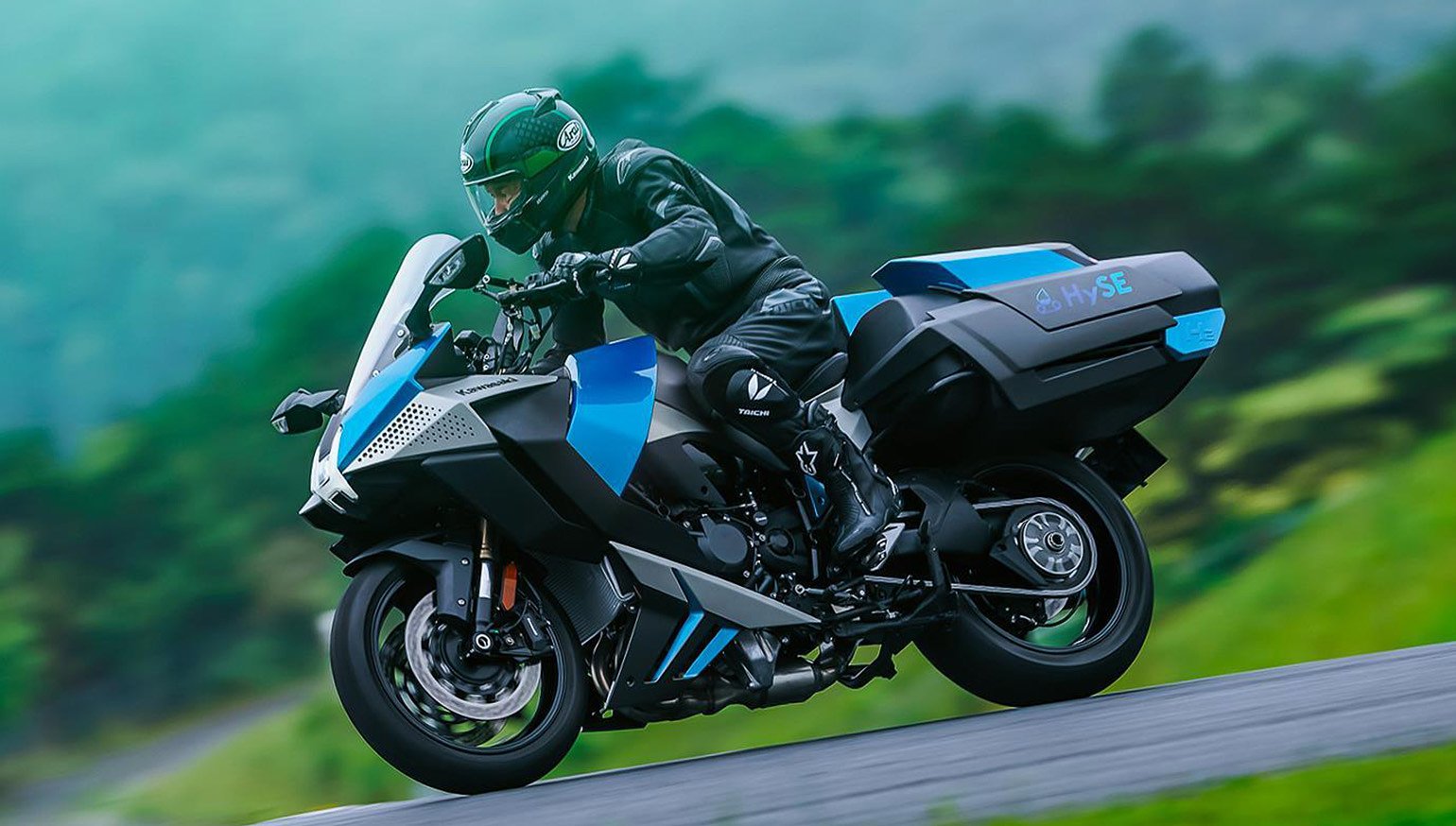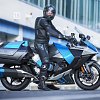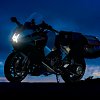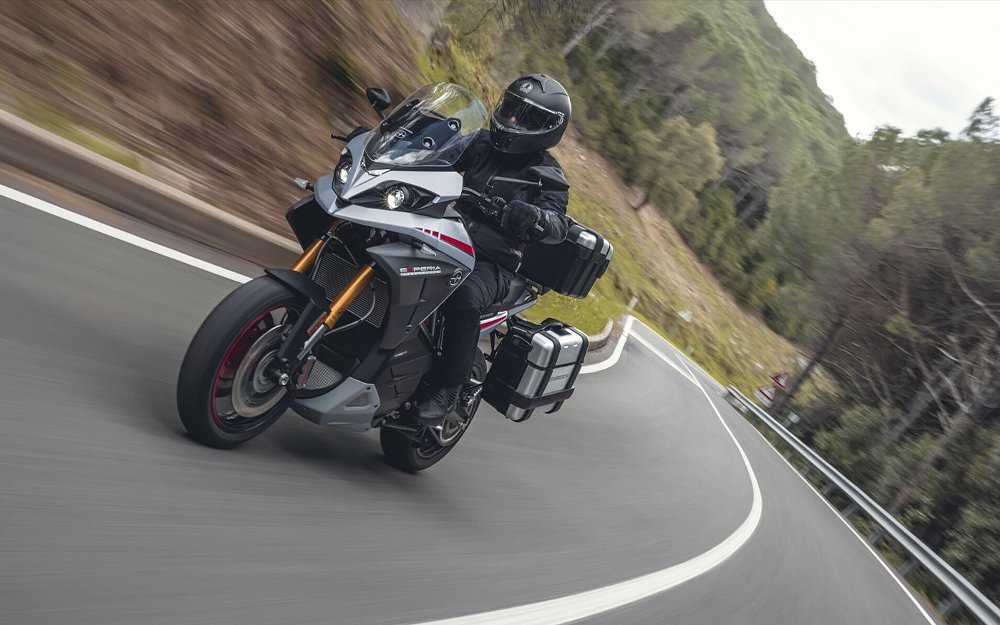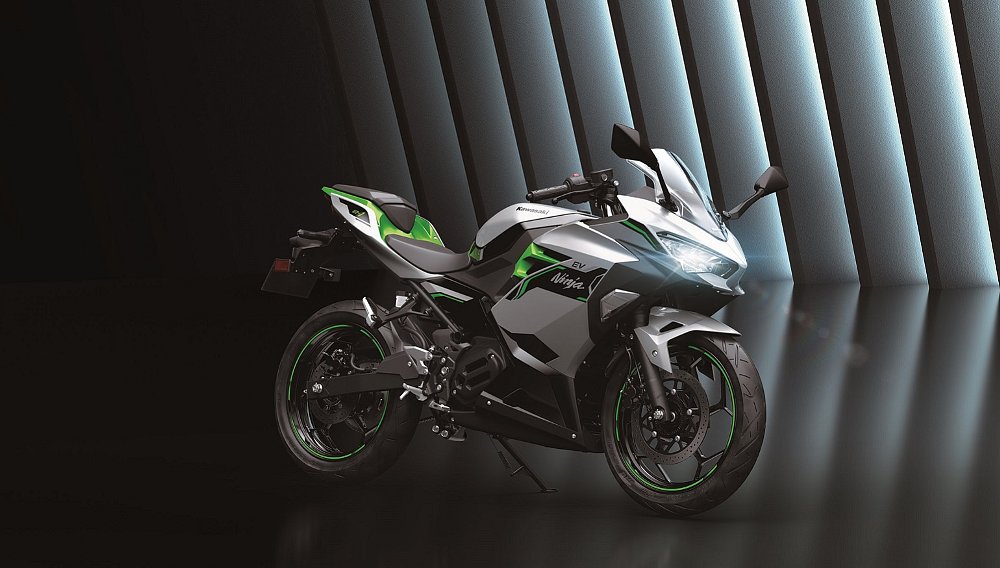Last Saturday, Kawasaki conducted the first public demonstration of its hydrogen-powered motorcycle at the Coca-Cola Suzuka 8 Hours endurance race. According to The Japan News, the bike lapped the 3.6-mile course to the “rapturous applause” of the crowd.
The demo may have showcased the prototype’s functionality but its feasibility remains a question mark. One that requires more than one lap around a world-famous racetrack to answer. To understand where Kawasaki plans to take the hydrogen-fueled concept, first, we have to understand where it came from.
Origin story
In May 2023, Honda, Kawasaki, Suzuki, and Yamaha formed the Hydrogen Small mobility & Engine technology (HySE) association. Under the agreement, Kawasaki was responsible for researching the “functionality, performance, and reliability” of hydrogen-powered engines and developing a fuel supply system. Just six months later, in December 2023, Team Green unveiled its Hydrogen Engine Motorcycle prototype.
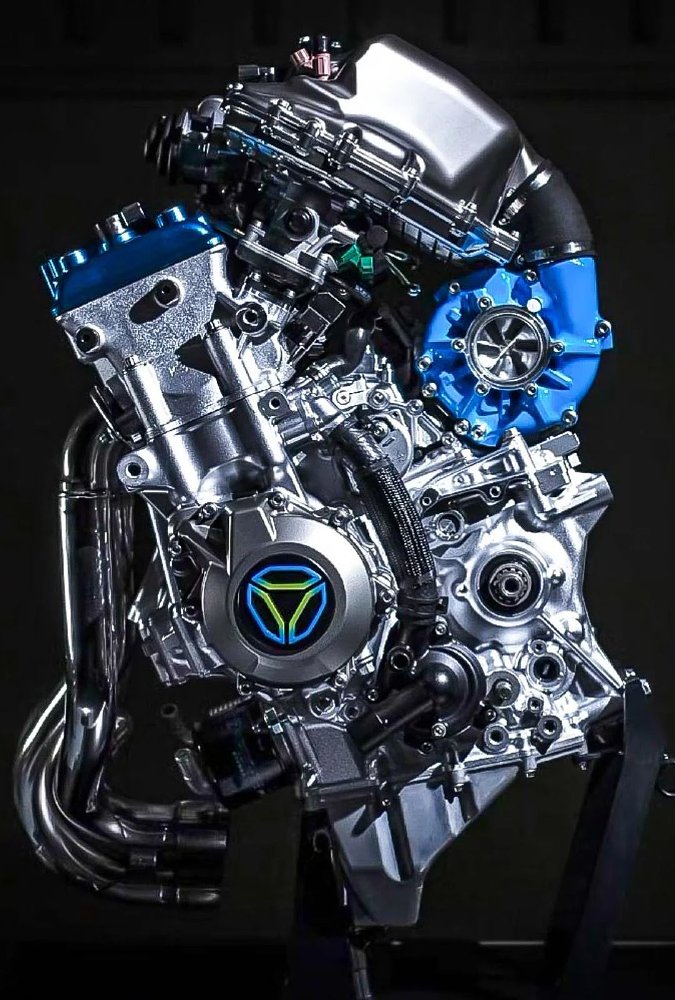
That quick turnaround was due, in part, to the benefits of hydrogen fueling, which allowed Kawasaki to leverage existing engine technology. In this case, the Ninja H2’s supercharged 998 cc inline-four. The modified mill operates like any internal combustion engine (ICE), except it doesn’t run on gasoline. Instead, a custom fuel injection system delivers pressurized hydrogen directly into the combustion chambers.
As a result, the vast majority of its tailpipe emissions are water vapor (a minimal amount of CO2 is generated from burned engine oil). Its environmental upsides are only matched by its convenience, as refilling hydrogen canisters is faster than recharging a large electric battery. So, what’s the catch, you ask? Well, in short, volume.
To perform properly, hydrogen combustion engines channel more air into the cylinder — more than two times the amount of air needed by gasoline engines. That’s why hydrogen engines necessitate forced induction, and why Kawasaki turned to its supercharged four-banger.
Hydrogen fuel is also far less dense than gasoline, so more space is required to store fuel onboard. Need proof? Just check out the cooler-sized hydrogen tanks mounted to the prototype's caboose (no, those aren’t side cases). In fact, each canister holds 25 liters of hydrogen. That equates to a fuel capacity of 13.2 gallons.
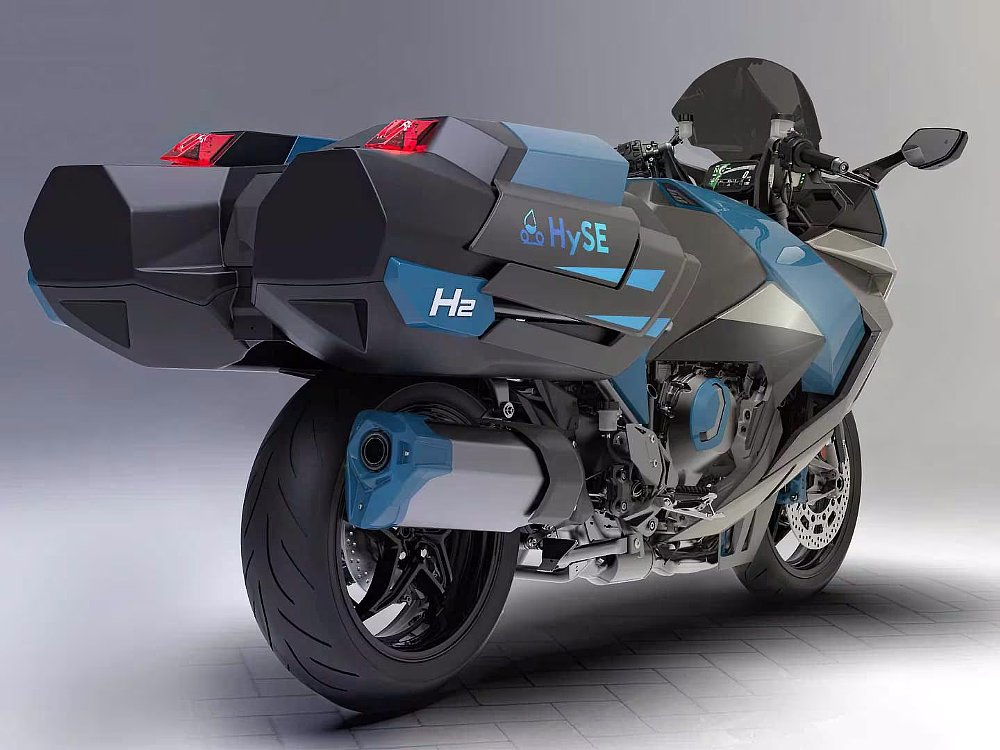
It’s clear to see that Team Green’s latest go-green initiative is far from a feasible option for consumers. Though, if history is any indication, Kawasaki is hard at work bringing the project to the market.
What next?
This isn’t the first time Kawasaki used the Suzuka 8 Hours race as a coming-out party. In 2022, the brand paraded its gas/electric hybrid and all-electric prototypes around the Suzuka circuit. Those motorcycles arrived as the Ninja 7 Hybrid and the Z e-1 and Ninja e-1 just over one year later. Such a rapid timeline isn’t in the cards for the hydrogen motorcycle, however.
Kawasaki unveiled a hydrogen-powered motorcycle by completing a lap at Suzuka Circuit in front of an applauding crowdhttps://t.co/GAj1YXEzIB
— The Japan News (@The_Japan_News) July 21, 2024
Kawasaki will continue developing the technology with the goal of introducing a hydrogen ICE model “as one carbon-neutral option for riders in the early 2030s.” That long runway not only affords the firm critical R&D time but also allows the hydrogen fueling infrastructure to mature as well.
Lapping Suzuka is one thing, standing up to the rigors of the road is another.




